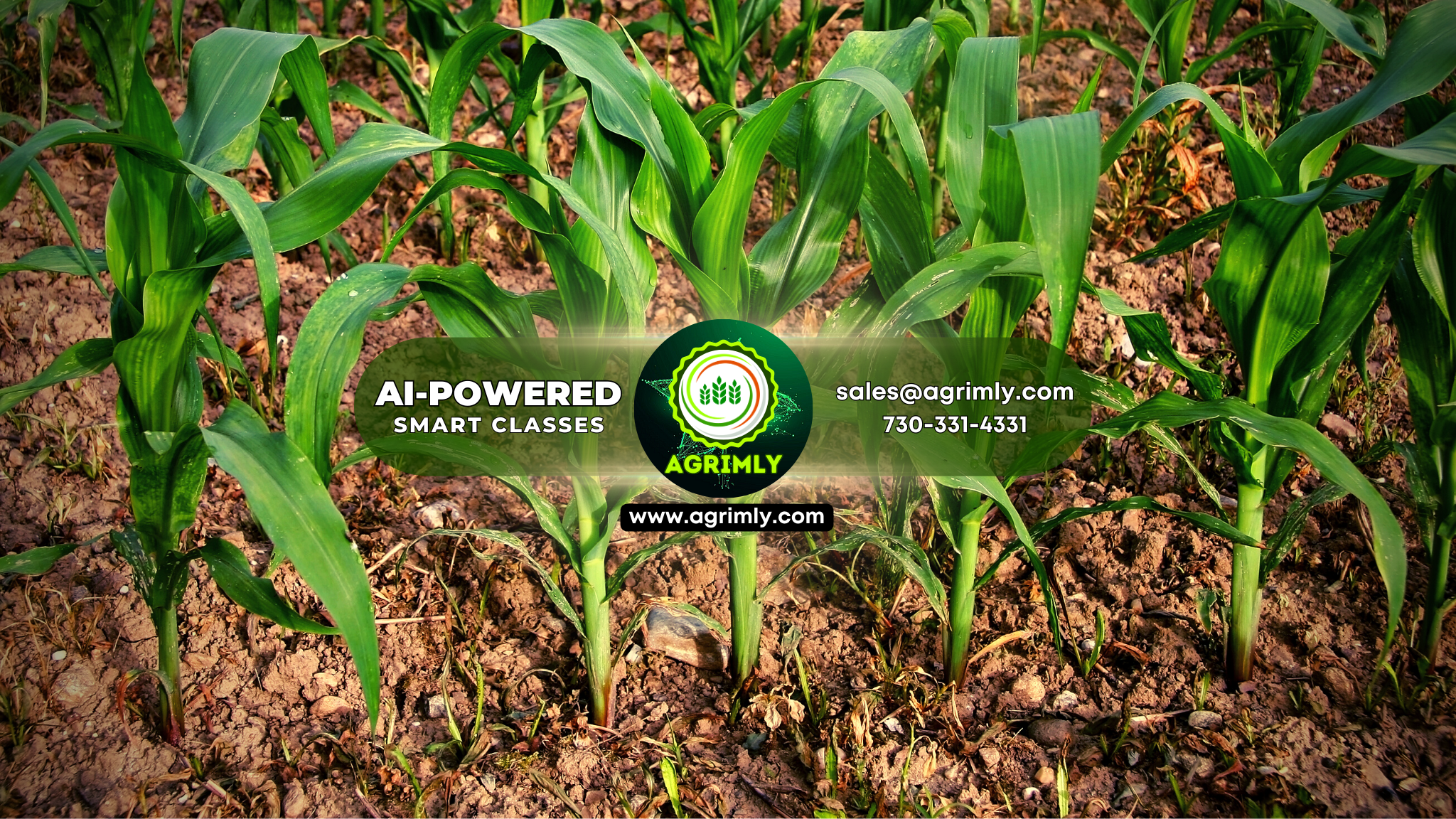Nanotechnology - Concepts, Techniques and Application, Nano-particles, Nano-pesticides, Nano-fertilisers, Nano-sensors
—
–
Background of Nanotechnology:
- Nanotechnology's origins date back 2000 years, with nanocrystals and gold nanoparticles used historically.
- In 1959, Richard Feynman envisioned manipulating atoms and molecules.
- The term " nanotechnology " was first used by Norio Taniguchi in 1974 .
- Significant milestones include the development of the Scanning Tunneling Microscope (1981) and the discovery of the Buckminsterfullerene (1985) .
Definition and Concepts:
- Nanoscience studies materials at atomic, molecular, and macromolecular scales .
- Nanotechnologies involve controlling shape and size at the nanoscale.
- The US National Nanotechnology Initiative defines it as the control of matter at dimensions of 1-100 nm.
- Nanoparticles are ultrafine units with dimensions in nanometers.
- Physical properties of nanoparticles include high mobility, large specific surface areas, and quantum effects.
- Bottom-up and top-down approaches are used in nanotechnology.
Tools and Techniques:
- Traditional techniques include characterizing particle size distribution and surface charge.
- Advanced tools include Atomic Force Microscope and Scanning Tunneling Microscope.
- Scanning probe microscopy techniques are crucial for both characterizing and synthesizing nanomaterials.
- Nanolithography methods and molecular self-assembly techniques are also significant.
- The bottom-up approach builds structures atom by atom, while top-down reduces bulk material to nanoscale patterns.
- Dual polarisation interferometer measures molecular interactions at the nanoscale.
Applications and Development:
- Nanotechnology's applications span various fields including medicine, engineer ing, and agriculture .
- Properties of materials change significantly at the nanoscale, leading to unique applications.
- Development of responsive nanomaterials for therapeutic products is ongoing.
—
–


